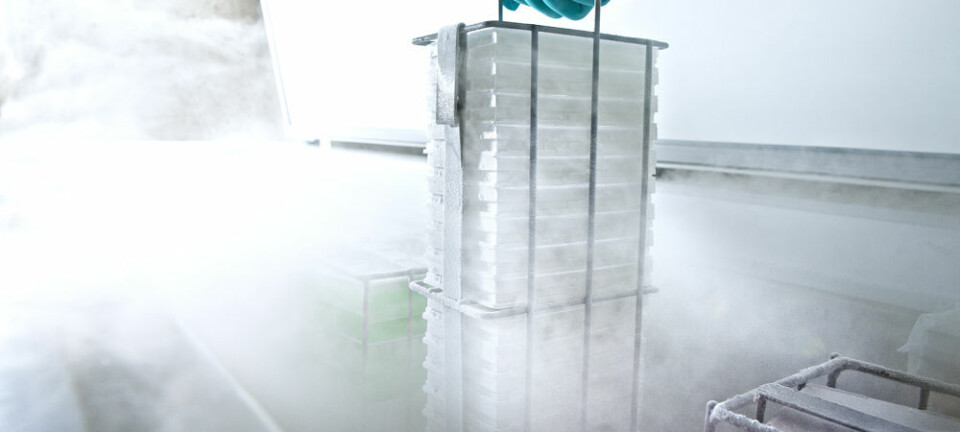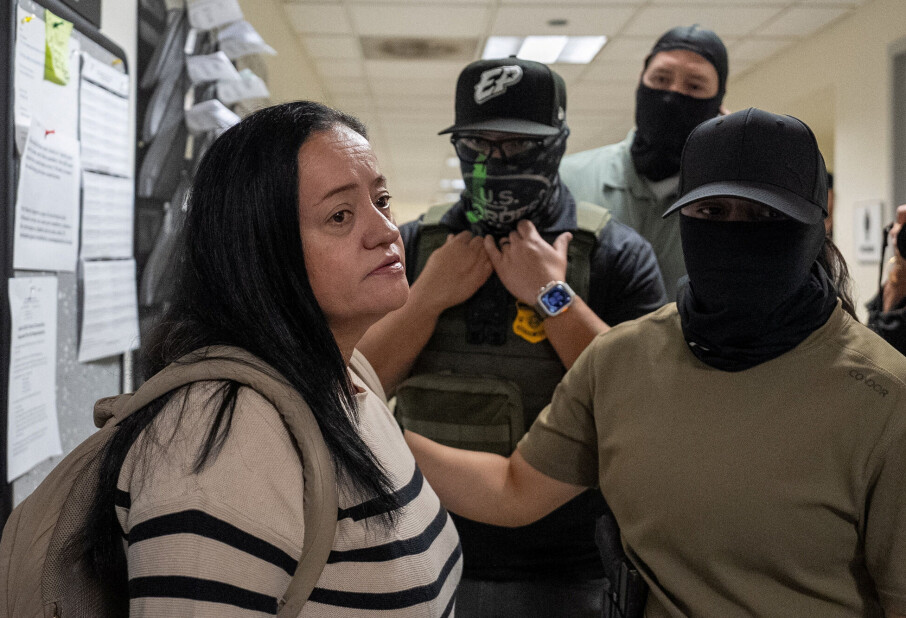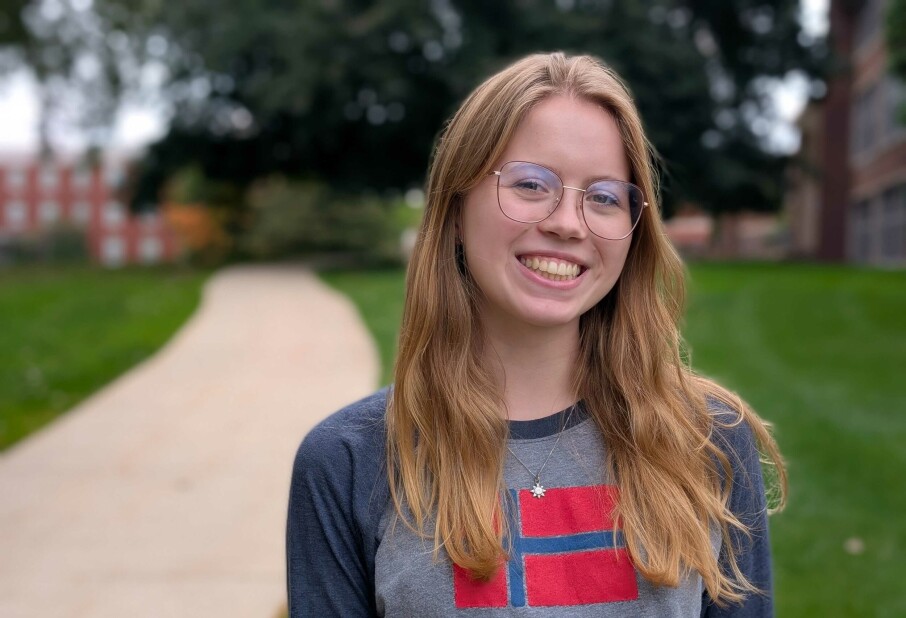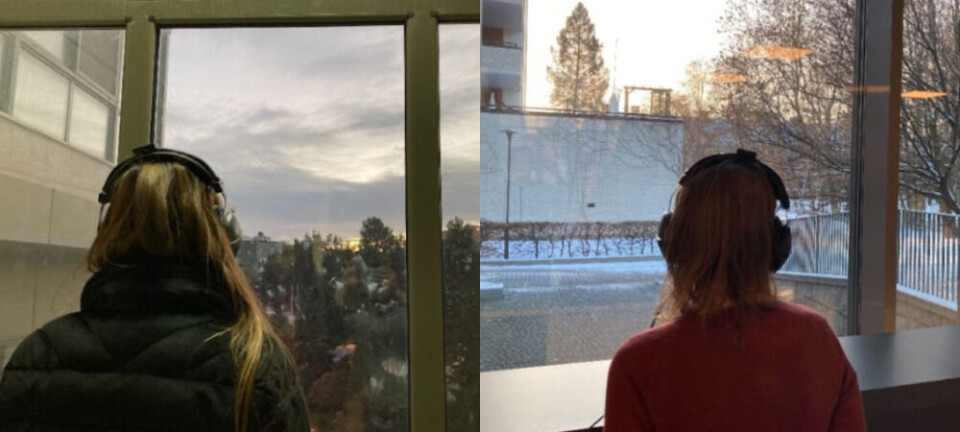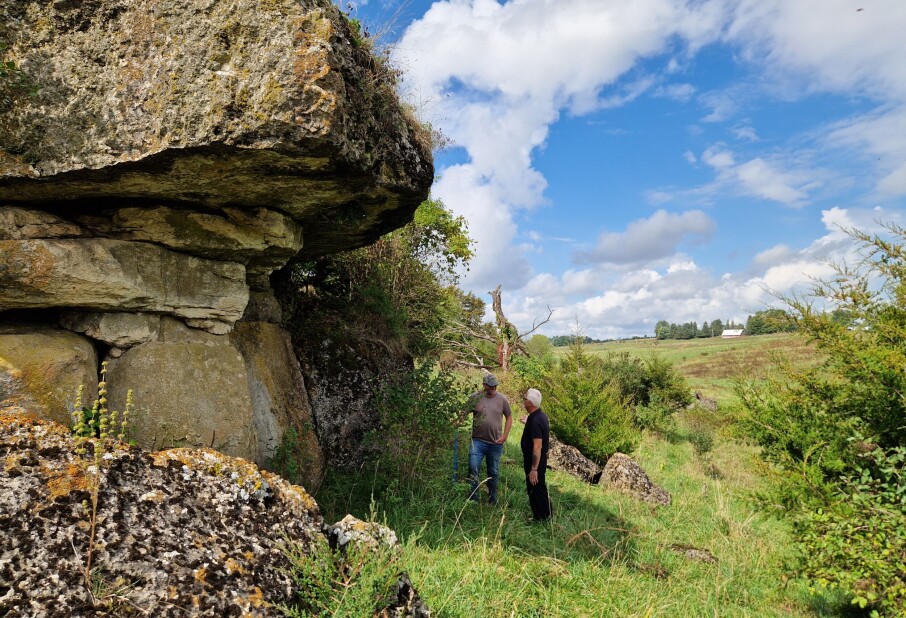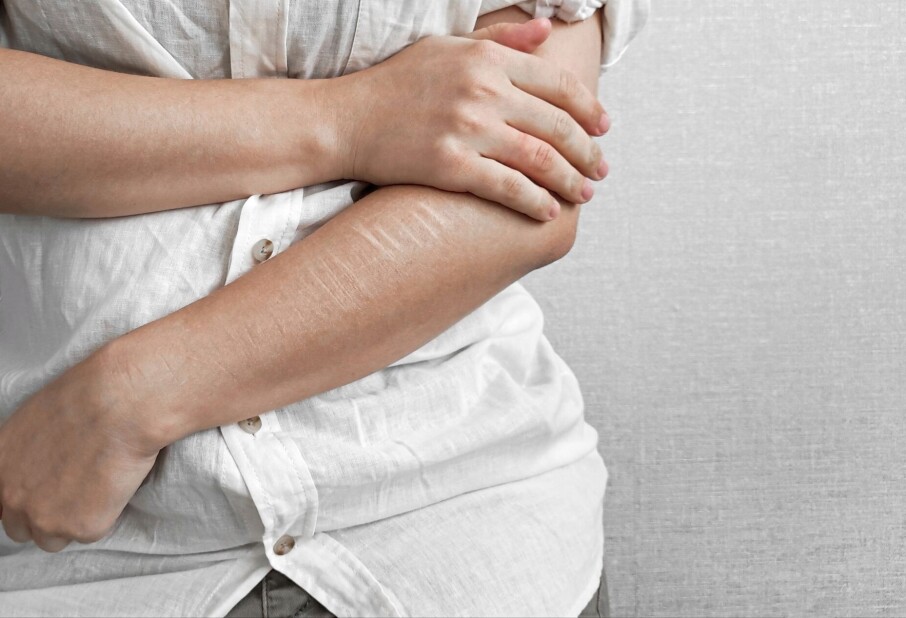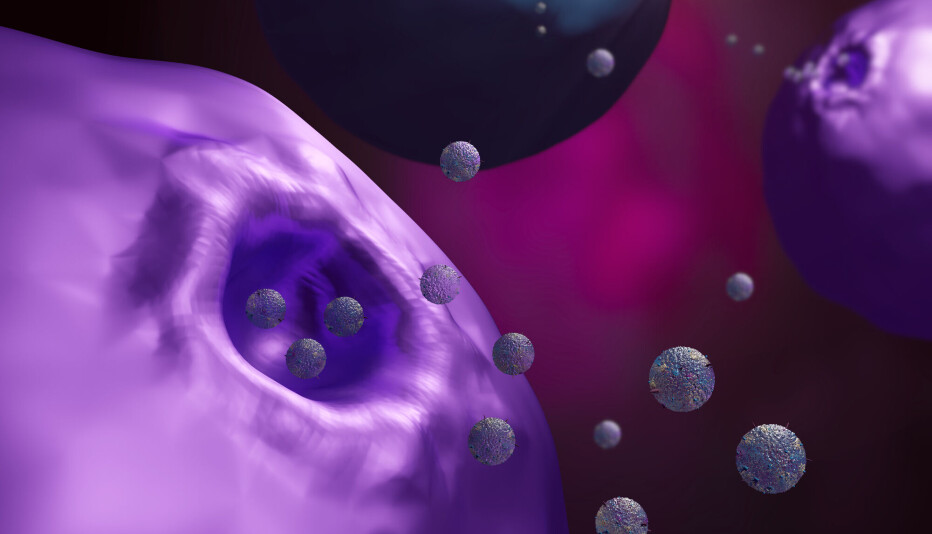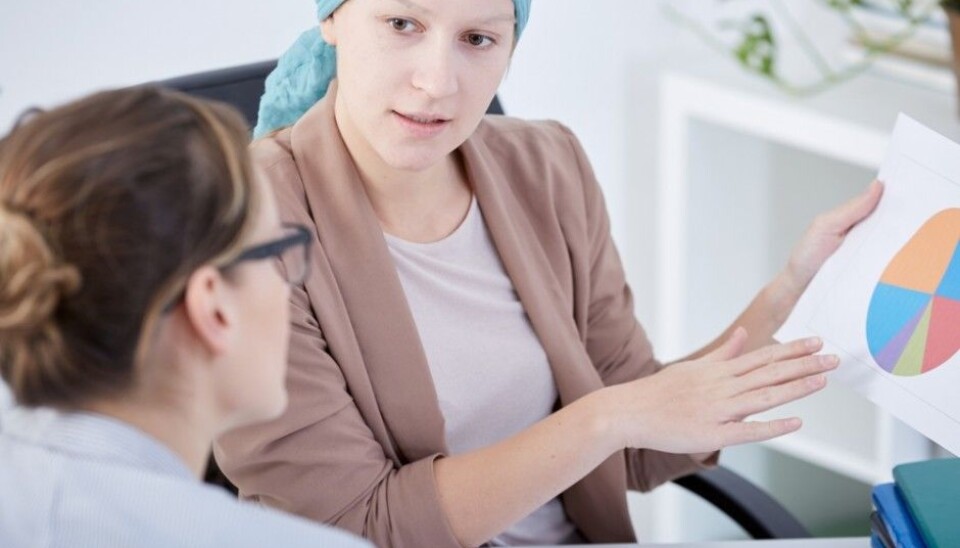
Cancer survivors find going back to work tough
Regardless of their background and occupation, survivors felt that they started working too soon after finishing treatment. But workplace adaptations can help ease the transition.
More and more cancer patients are surviving and returning to work following their cancer treatment.
As part of her doctorate, researcher Birgit Brusletto conducted a recent study of eight people who returned to work after battling the disease. Her results revealed that the road back to work has been a bumpy one for them.
A survey from 2011 shows that only five per cent of cancer patients drop out of the work force 15-39 months after their first treatment.
A 2009 study shows different figures. Astri Syse, a senior researcher in the Department of Research at Statistics Norway, used national registries and found that cancer reduced the probability of participating in working life by about 30 per cent for men and 40 per cent for women.
Limited longitudinal research

“Statistics at a given point in time may indicate that the return to work after cancer treatment is going just fine. But you may not be able to stay with the job over time,” says Brusletto.
Her research focused on finding out more about this phenomenon.
Brusletto interviewed eight cancer patients – four men and four women aged 42 to 59 years – about returning to work after extensive surgery, chemotherapy or radiation. This formed part of her doctoral thesis at the University of South-Eastern Norway (USN).
Previous research shows that cancer survivors who held jobs involving heavier physical labour experienced greater challenges in returning to work than others. Women and individuals with less education tend to be more disabled after a long sick leave than men.

Brusletto thinks this is useful knowledge. But little research exists on how and why those who succeed do it.
She deliberately interviewed people who had been back at work for several years following cancer treatment. Interviewees had worked an average of nine years when telling Brusletto about their return to work experiences.
Eight patients is a small sample size.
Brusletto nevertheless believes that she has received some unique insights into the lives of these former patients that reveal much more than merely numbers.
Hope to return to normal life
The eight study participants had various cancer diagnoses and completely different types of occupations. What they had in common was that they all returned to work when they thought they had finished their treatment.
"They didn’t start because they were under financial or other pressures. But all of them had a strong desire to return to a working day and a normal life. They also missed the social aspect of their work.
All of the interviewees thought they returned to their jobs too early. They became more tired than they expected.
“Some of them reported that they were completely drained. After their workday, they had no energy left for anything else,” says Brusletto.
Support varied
Workplaces that adapted workloads made it easier to return. The interviewees found it important to be contributing again.
How much workplaces helped returning employees in terms of work hours and work rates varied considerably, as did their experiences with health care services.
New career paths
Even though the former cancer patients found work tiring, several of them nevertheless felt the return was worthwhile. Working gradually gave them more energy. Several interviewees opted for a change of job or occupation after some period of time, and two of the eight sought out training in a whole new field of work that they found meaningful.
“Finding the balance between too much work and just enough is one of the hardest things to gauge,” says Brusletto.
“There’s no standard blueprint. Everyone is different. The entities that are supposed to act as supporters, whether healthcare or employers, need to assess the overall situation and collaborate with the individual in question,” she says.
More flexible sick leave benefits
Elin Stoermann-Næss is a special advisor for the Norwegian Cancer Society's work life focus.
She finds the new study interesting because it can shed light on what is needed for workers to successfully return to work after cancer treatment – and stay there.
As more and more people get cancer, survive the disease and return to work again, facilitating good work inclusion policies becomes increasingly important.
She believes that the public sector can also implement some good measures, for example in terms of sick leave benefits.
Stoermann-Næss says some cancer patients return to work too soon for economic reasons. After you have been on sick leave for one year in Norway, you need to be employed for 26 weeks before you are eligible for new sick leave benefits. These weeks are a big challenge for many people.
Nearly 40 per cent of cancer patients go on sick leave before they receive a cancer diagnosis, because the disease often takes some time to diagnose. Many patients are still undergoing treatment when their benefits end.
Some patients also suffer from late effects after cancer treatment for a period of time, such as fatigue and impaired memory. These injuries aren’t necessarily visible on the outside, but are very real and contribute to reduced working capacity.
The Cancer Society favours a more flexible sick leave benefit scheme to enable more people to ease into part-time work earlier in the disease and treatment process. Currently, a half day’s absence counts as a whole sick day.
"We believe it will be easier for more people to keep in touch with working life if they can work as they have the opportunity and strength for it," Stoermann-Næss says.
Difficult conversation
Some employers find it hard to know what to say to a staff member who has become seriously ill.
The employer shouldn’t be afraid of the difficult conversation, says Stoermann-Næss. When an employee is nearing the end of sick leave benefits, it’s important to plan for what will happen in terms of work tasks and hours, and how to facilitate the employee’s return.
"Often a few accommodations are enough – maybe a sofa in the office, some flexibility around work hours, easier tasks for a while, or offering the possibility of working from home.
Looked death in the eye
The myths surrounding cancer lead many people to automatically think of death when they hear the word.
The participants in Brusletto's study said they had to consider the possibility that this was something they could die from.
But “despite all the bad parts, most of the participants thought that some good had come from the disease and their arduous road back to health,” Brusletto said.
"When you’re forced to look death in the eye, it can have consequences for how you want to live your life further,” she adds. Having cancer gave several of the study participants a renewed view of life and how they wanted to live it.
Don’t give up!
The interviewees for this survey came with a clear message: don’t give up even though the road can be difficult and steep.
Brusletto believes that the support and assistance needed during this process can be very individual. It can be helpful to know at what stage a patient is on the path.
From her research, Brusletto has therefore developed a model that can be used as a starting point for conversations about returning to work after cancer.
-------------------------------------
Read the Norwegian version of this article at forskning.no.








